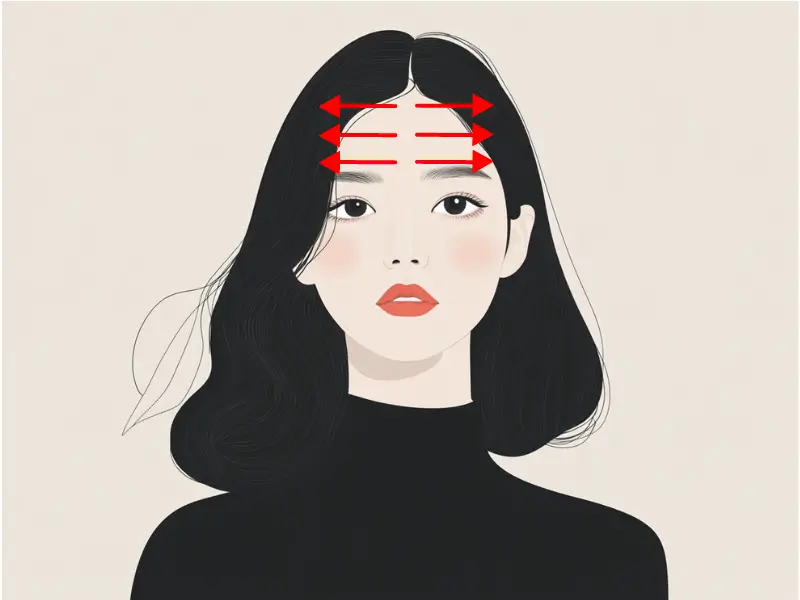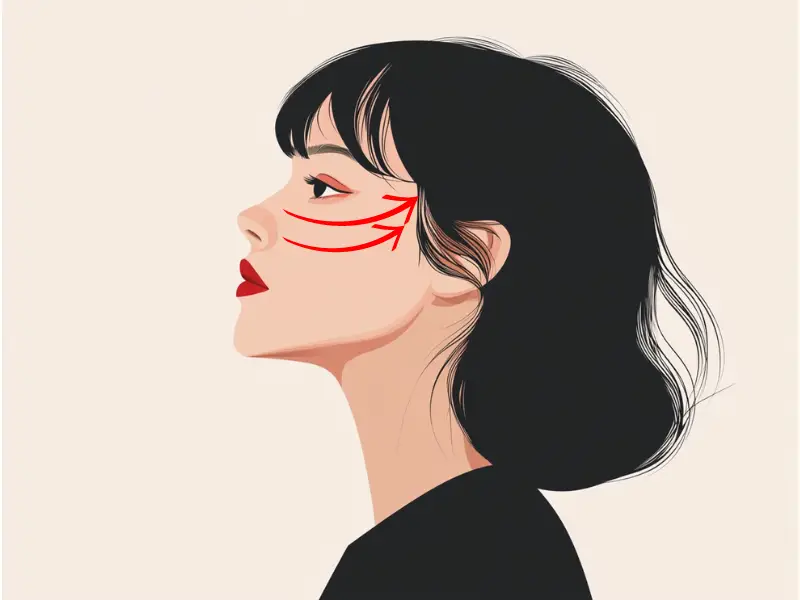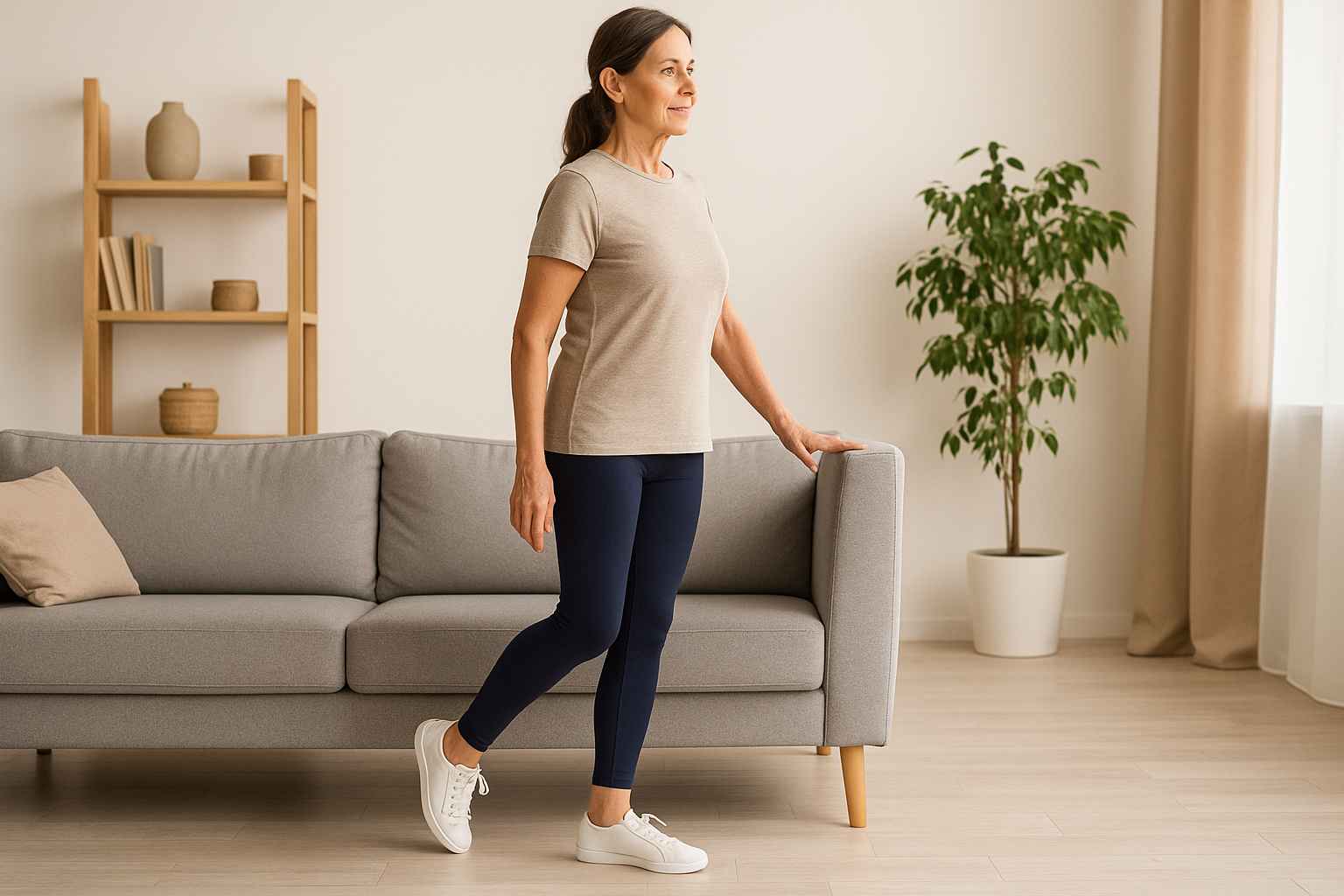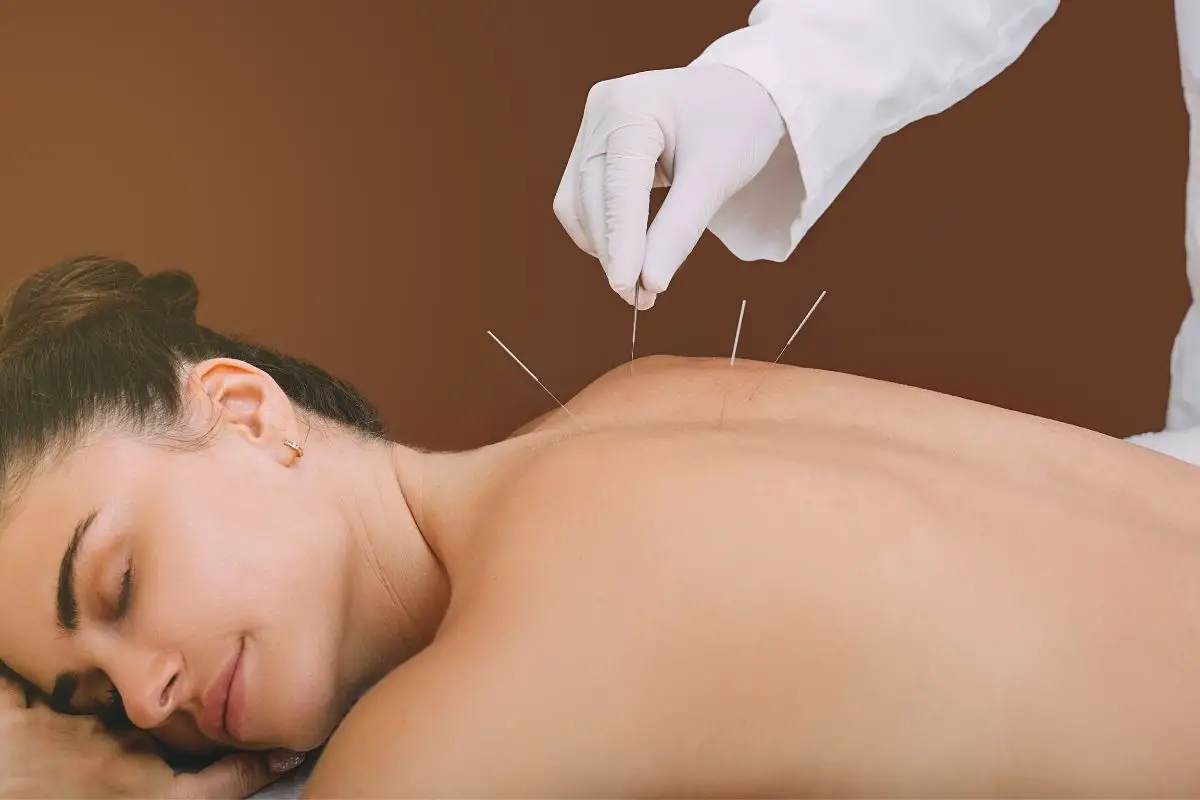Gua Sha, an ancient Traditional Chinese Medicine (TCM) technique, has gained immense popularity for its ability to rejuvenate the skin and promote overall facial health. When done correctly, it can help reduce puffiness, increase blood circulation, and enhance your natural glow. However, to maximize the benefits, it’s crucial to understand how to properly gua sha your face. In this article, we’ll explore seven expert tips to ensure you’re getting the most out of your gua sha routine. If you’re new to gua sha, our basic guide is a great place to start.
1. Choose the Right Gua Sha Tool
The first step in properly gua sha-ing your face is selecting the right tool. Gua sha tools come in various shapes, sizes, and materials, each offering unique benefits:
- Jade: Traditionally used in TCM, jade is known for its cooling properties and is believed to balance the body’s natural energy.
- Rose Quartz: This stone is often associated with love and has a gentle, soothing energy, making it ideal for sensitive skin.
- Bian Stone: Known for its healing properties, Bian stone tools are great for deeper, more therapeutic massages.
Choose a tool that feels comfortable in your hand and glides smoothly across your skin.
2. Prepare Your Skin with the Right Facial Oil
Proper preparation is key to a successful gua sha session. Before starting, apply a generous amount of facial oil to your clean face. The oil serves as a lubricant, allowing the gua sha tool to glide smoothly without pulling or tugging at the skin.
Look for oils that suit your skin type:
- Dry Skin: Opt for richer oils like jojoba or argan oil.
- Oily Skin: Lightweight oils such as grapeseed or rosehip oil are ideal.
- Sensitive Skin: Go for calming oils like chamomile or calendula.
Applying oil not only protects your skin but also enhances the effectiveness of the gua sha treatment.
3. Master the Proper Gua Sha Techniques
To properly gua sha your face, it’s important to follow the right techniques:
- Hold the Tool Correctly: Hold the gua sha tool at a 15-degree angle to your skin. This ensures that the flat side, not the edge, is in contact with your face.
- Use Gentle Pressure: Apply light to moderate pressure. The goal is to stimulate blood flow and lymphatic drainage, not to bruise the skin.
- Follow the Right Directions: Always move the tool in upward and outward strokes, starting from the center of your face and moving towards your hairline.
These techniques help to lift and sculpt your face, giving it a more youthful appearance.
“Always use oil to prevent friction from damaging the skin, and be gentle to avoid redness or bruising,” advises Ms. Mai Sogawa, Senior TCM Therapist.
4. Target Specific Areas for Maximum Benefit
Each part of your face can benefit from targeted gua sha techniques. Here’s how to focus on specific areas:
- Forehead: Start at the center of your forehead, moving the tool towards your temples. This helps smooth fine lines and improve circulation.

- Cheeks: Begin at the nose and move the tool across your cheekbones towards the ears. This motion can reduce puffiness and define your cheekbones.

- Jawline: Glide the tool along your jawline, starting from the chin and moving towards the earlobe. This technique helps to contour the jaw and reduce tension.

By focusing on specific areas, you can tailor your gua sha routine to your skin’s needs.
5. Take Your Time with Each Stroke
One of the keys to a successful gua sha session is taking your time. Each stroke should be slow and deliberate, allowing the tool to work its magic on your skin. Rushing through the process can reduce the effectiveness and even lead to skin irritation.
- Spend at least 3-5 minutes on each section of your face.
- Repeat each stroke 3-5 times for optimal results.
Taking your time allows you to fully engage in the process, making it a more mindful and therapeutic experience.
6. Incorporate Gua Sha into Your Daily Routine
For best results, consistency is key. Incorporate gua sha into your daily skincare routine to enjoy long-term benefits:
- Morning: Use gua sha to reduce morning puffiness and energize your skin for the day ahead.
- Evening: Incorporate gua sha into your nighttime routine to relax facial muscles and enhance product absorption.
“Performing Gua Sha 2-3 times per week, especially after a warm bath when blood circulation is improved, yields optimal results,” recommends Ms. Mai Sogawa.
Regular use of gua sha can lead to noticeable improvements in skin tone, texture, and overall facial appearance.
7. Clean Your Gua Sha Tool After Each Use
Proper hygiene is essential when it comes to gua sha. After each use, clean your gua sha tool to remove any residual oil, dirt, and bacteria that could transfer to your skin during the next session.
- Use warm water and mild soap to clean your tool.
- Dry it thoroughly with a clean towel before storing it.
Keeping your gua sha tool clean ensures that your skincare routine remains effective and free from potential irritants.
By following these expert tips, you can properly gua sha your face and enjoy all the amazing benefits this ancient practice has to offer. Whether you’re looking to reduce puffiness, enhance your natural glow, or simply relax, mastering the art of gua sha can be a game-changer in your skincare routine.

Try our Anti-Aging Gua Sha Tool designed to bring out your skin’s natural glow.
Best Gua Sha Product- Anti-Aging: The tool is designed to target 11 specific aging signs such as wrinkles and sagging skin. By following the 7-step routine, users can improve skin firmness and reduce fine lines naturally.
- Enhances Skincare Routine: It works effectively with serums and lotions, boosting absorption and efficacy of skincare products.
- Visible Skin Improvement: Users can expect a smoother complexion, reduced puffiness, and a more youthful appearance.
 P. Sze
P. Sze 
















